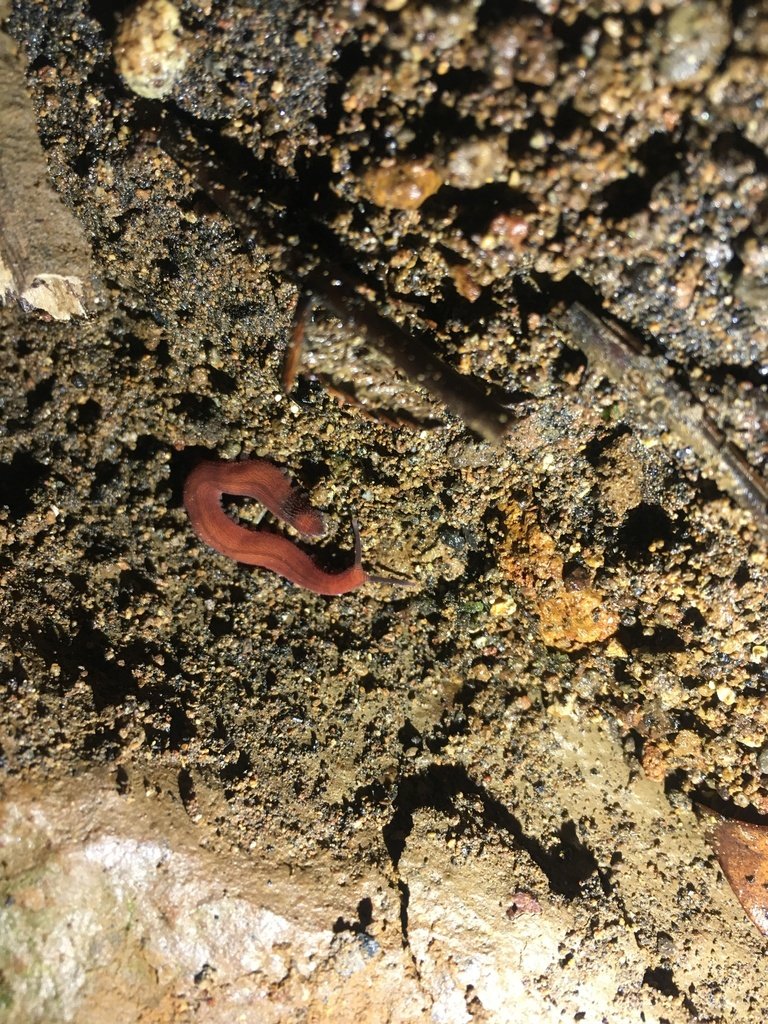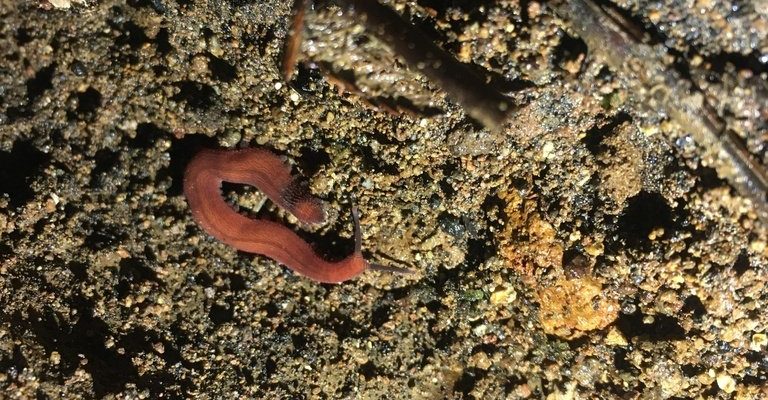
So, what’s the connection between **velvet worms** and ecotourism? It’s all about learning and appreciation. Ecotourism focuses on experiencing nature in a way that supports conservation and empowers local communities. By observing velvet worms, visitors not only get a chance to see an extraordinary creature but also contribute to efforts that protect their habitats. However, like any type of wildlife observation, it comes with its responsibilities.
What Are Velvet Worms?
To better understand how we can observe **velvet worms** responsibly, let’s first explore what they actually are. Velvet worms belong to the phylum Onychophora and are often referred to as “living fossils.” They’ve been around for over 500 million years, making them one of the oldest land animals on the planet. These creatures are known for their segmented bodies and soft, flexible skin, which gives them that velvety appearance.
You might be wondering how they fit into their ecosystems. Velvet worms play an essential role as predators, feeding on small insects. They use a fascinating hunting technique, shooting a sticky slime at their prey to trap it. This unique method helps control insect populations, which is vital for maintaining healthy ecosystems. In a way, they’re like the unsung heroes of the forest floor!
The Importance of Velvet Worms in Ecosystems
Understanding the role of **velvet worms** in their ecosystems allows us to appreciate them even more. These creatures are indicators of environmental health. Their presence often signifies a balanced ecosystem since they thrive in moist, undisturbed habitats. This means that when you see a velvet worm, you’re likely in a rich, biodiverse area.
Moreover, by observing these animals and sharing our experiences, we raise awareness about habitat preservation. When tourists take trips to see velvet worms, it often results in funding for local conservation efforts. This creates a positive cycle where both the environment and the local community benefits. It’s a gentle reminder that our curiosity can lead to significant action.
Responsible Observation Techniques
When it comes to observing **velvet worms**, adopting responsible techniques is key. First and foremost, make sure to keep a safe distance. Getting too close can not only disturb their habitat but also stress the creatures. The goal is to observe them without intruding.
Here are some tips to help you observe responsibly:
- Use a good camera lens: Instead of trying to get too close for a photograph, use a telephoto lens to capture the beauty of velvet worms from afar.
- Stay on designated paths: Walking off trails can harm their habitat. Stick to marked paths to minimize your impact.
- Limit noise: Keep your voice down to avoid scaring them away. These creatures are sensitive to vibrations, so gentle movements are best.
By respecting their space, we can ensure that velvet worms continue to thrive in their natural environment.
Finding Velvet Worms in the Wild
So, where can you find these elusive creatures? Velvet worms are primarily found in tropical and subtropical regions. Countries like New Zealand, Australia, and parts of Central and South America boast rich populations. If you’re looking to observe them, try visiting cloud forests or rainforests where moisture levels are high.
Guided tours often provide the best opportunities to see **velvet worms** in their natural habitats. Local tour guides usually know the best spots and can help educate you about these unique creatures. Plus, they can share insights about the surrounding ecosystem, making your experience even more enriching.
The Role of Ecotourism in Velvet Worm Conservation
**Ecotourism** plays a vital role in the conservation of velvet worms. When tourists pay to visit a location specifically to see these creatures, it encourages local governments and conservation groups to protect their habitats. This type of tourism promotes awareness and education about the importance of preserving biodiversity.
Here’s how you can contribute:
- Choose responsible tour operators: Look for those that focus on sustainability and have a good track record of protecting local wildlife.
- Educate yourself: Learn about velvet worms and their ecosystems before visiting. The more you know, the better advocate you become for their protection.
- Support local communities: Buying local products and using local services ensures that more resources are invested back into habitat preservation.
By participating in ecotourism with a focus on velvet worms, you’re supporting not just the creatures themselves, but also the entire ecosystem they inhabit.
The Future of Velvet Worms and Ecotourism
As awareness grows, the future of **velvet worms** in ecotourism looks promising. Scientists continue to discover new species, enhancing our understanding of their diversity and importance. However, with habitat loss and environmental changes, it’s more crucial than ever to support conservation efforts.
Here’s where you can make a difference:
– Advocate for policies that protect natural habitats.
– Share your experiences with others to raise awareness.
– Participate in citizen science projects that track velvet worm populations.
Every small action counts in preserving the delicate balance of these ecosystems. The more we learn, the better prepared we are to protect not just velvet worms but countless other species that share their environment.
In summary, observing **velvet worms** can be an incredible experience that deepens our connection to nature. By approaching this activity with respect and responsibility, we help ensure that these remarkable creatures continue to thrive. Remember, when you’re out enjoying the wonders of the natural world, it’s all about balance.
With every velvet worm you encounter, you’re witnessing a story that has been unfolding for millions of years. By choosing to observe responsibly, you become an important part of that story, ensuring future generations can enjoy these little wonders just as you do today. So, next time you think about going to see velvet worms, keep these principles in mind, and enjoy your adventure!

